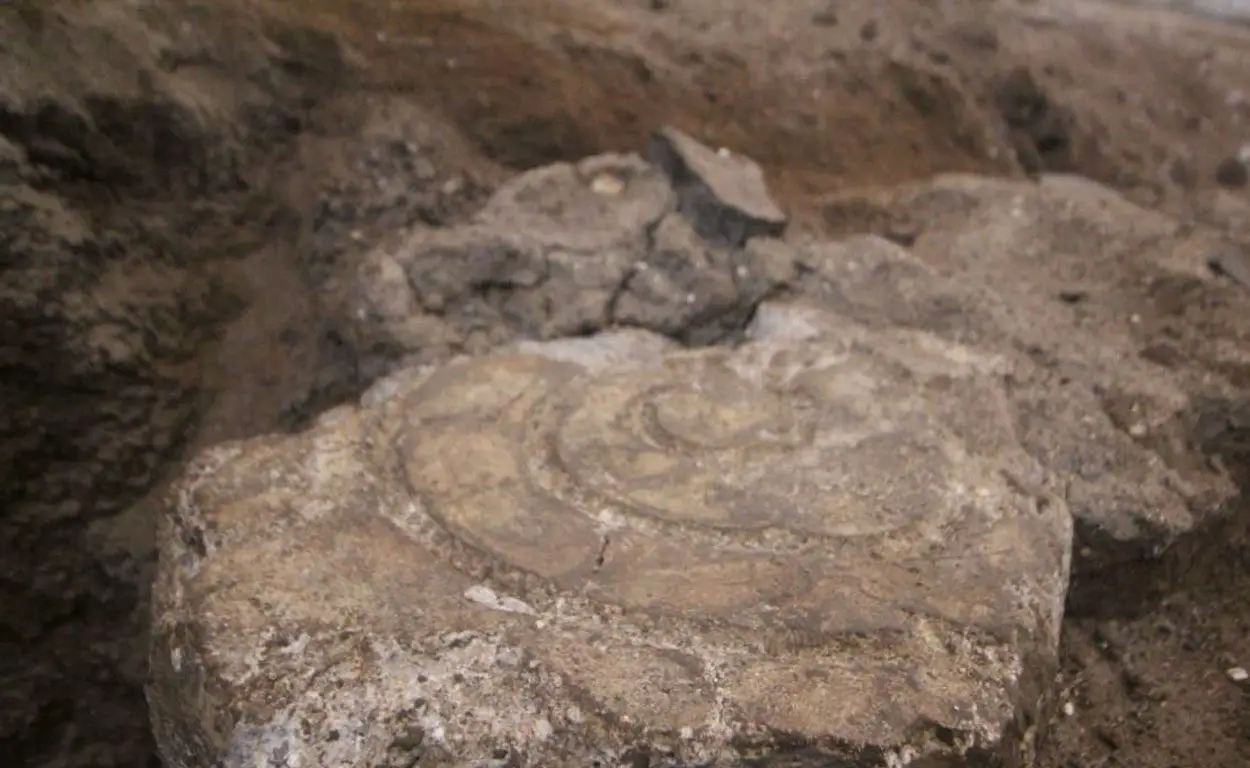Archaeologists from the National Institute of Anthropology and History (INAH) have uncovered a stone glyph with a spiral representation in the church of the Lateran Parish of San Pedro Apostol.
The church is located in the city of Zacapoaxtla in the Mexican state of Puebla, where experts from the INAH Puebla Centre were supervising floor levelling works in the church nave.
Very little archaeological evidence survives to build the historical founding of Zacapoaxtla, however, one reference records that in AD 1270, an eruption of the Apaxtepec volcano buried the town of Xaltetelli, possibly giving rise to Zacapoaloyan, now known as Zacapoaxtla.
The glyph dates from before the Spanish conquest when the region was inhabited by the Totonac and Nahua cultures, and may have been part of the façade of a pyramid platform with a symbolic association to water. Spirals have been used by many cultures across Mexico, most notably by the Aztecs, which used spirals to mimic natural forms such as water.
The discovery was made in the foundations of an early Christian hermitage and appears to have been symbolically placed under the hermitage’s altar.
The hermitage is likely the same recorded by contemporary chroniclers, whom describe how Jacinto Portillo, a Spanish conquistador, built the first hermitage at Zacapoaxtla in the 16th century, and would later become a missionary of the Order of Friars Minor of St. Francis, known as Fra Cintos.
Project supervisor, Alberto Diez Barroso, said: “the glyph contains the representation of a spiral and measures 40 centimetres tall by 16 centimetres wide, and still has the preserved stucco coating.”
Given the importance of the hermitage and stone glyph, the director of the INAH Puebla Centre, Manuel Villarruel Vázquez, is currently in discussions with the church parish with the aim of preserving the discovery and installing a viewing window for the public.
Header Image Credit : INAH







